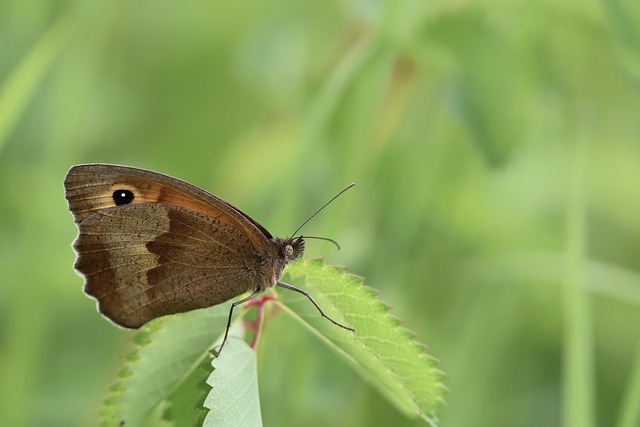Wood boring insects threaten structural integrity through burrowing, creating visible signs like holes, sawdust (frass), and odors. Early detection is crucial for prevention of further damage. Identified species determine targeted treatment methods, including professional restoration techniques to preserve wood's beauty and longevity. Regular inspection, sealing entry points, proper ventilation, and maintenance are key preventive measures.
“Discover professional tips for repairing and restoring damaged wood affected by wood boring insects. This comprehensive guide covers everything from identifying insect-caused damage to preventive measures. Learn a step-by-step process for effective infestation removal, then explore techniques to restore and protect wood surfaces. By following these expert insights, you’ll be equipped to mitigate the impact of wood boring insects and preserve your wooden structures.”
Identifying Damage Caused by Wood Boring Insects
Wood boring insects can cause significant damage to structures, leaving visible and invisible marks that require expert attention for effective repair. Identifying signs of infestation is crucial in managing wood health. Common indicators include small holes in the wood’s surface, which are entry points for these pests. As they burrow, wood boring insects create intricate networks of tunnels, weakening the structural integrity of the material.
The presence of sawdust or frass—a term for insect-expelled wood shavings—around the exit holes is another telltale sign. Some species also leave behind distinctive odors. Prompt action is essential after detecting these signs to prevent further damage and ensure successful wood boring insects removal. Professional restoration techniques can restore affected areas, preserving the wood’s beauty and longevity.
Step-by-Step Guide to Removing Infestations
Wood boring insect infestations can severely damage furniture and other wooden items. Here’s a step-by-step guide to help you effectively remove these pests. First, identify the type of wood-boring insect causing the damage, as different species require distinct removal methods. Common culprits include termites, carpenter ants, and powder post beetles.
Next, isolate the affected area to prevent further infestation. This may involve covering nearby surfaces with plastic sheeting or tape. Then, use appropriate tools like a scraper or chisel to carefully remove any visible larvae, eggs, or frass (sawdust-like waste) from the wood. Once cleaned, apply a wood insecticide designed for the specific type of pest you’re dealing with, following the product’s instructions for safe and effective application. After treatment, monitor the area regularly to ensure the insects have been eliminated.
Restoring and Protecting Damaged Wood Surfaces
Restoring damaged wood surfaces involves several steps, especially if there’s been an infestation from wood boring insects. The initial step is to thoroughly clean and inspect the affected area. This includes removing any debris, dust, or remnants of the insects, which can be done using a vacuum or a soft brush. Once cleaned, use a fine-grit sandpaper to gently scuff the surface, creating a rough texture that will help with adhesion during repairs.
After sanding, ensure all debris is cleared again through vacuuming. Next, apply a wood filler to fill any holes or cracks caused by the insects. Let it dry completely before sanding lightly to even out the surface. Finally, use a high-quality varnish or sealant designed for wood protection to coat the restored area, shielding it from future damage and ensuring longevity. Remember, proper ventilation during application is crucial for both your safety and the effectiveness of the finish.
Preventive Measures for Future Insect Infestations
To prevent future insect infestations and further damage to your wooden structures, several proactive measures can be taken. Regular inspection is key; keep an eye out for any signs of boring insects or their frass (a term for insect excrement). As soon as you notice any anomalies, address them promptly. Sealing entry points with caulk or other suitable materials can effectively bar access to wood-boring insects, hindering their ability to penetrate and infest.
Maintaining proper ventilation within wooden areas is another crucial preventive step. Wood-boring insects are often drawn to damp, poorly ventilated spaces, so ensuring a constant flow of air can deter them. Additionally, keeping wood products dry is essential; moisture attracts pests, so address any humidity issues promptly. Regular cleaning and maintenance routines should include removing debris and deadwood nearby, as these serve as breeding grounds for many insect species.
Whether dealing with an active infestation or preparing for prevention, understanding how to address damaged wood is key. By identifying signs of wood boring insect activity early and implementing effective removal strategies, you can restore affected areas and protect against future invaders. Remember, proactive measures and professional guidance are essential in the fight against these persistent pests. With the right approach, it’s possible to save valuable wooden structures and maintain their integrity for years to come, ensuring a smoother journey free from wood boring insects removal headaches.
